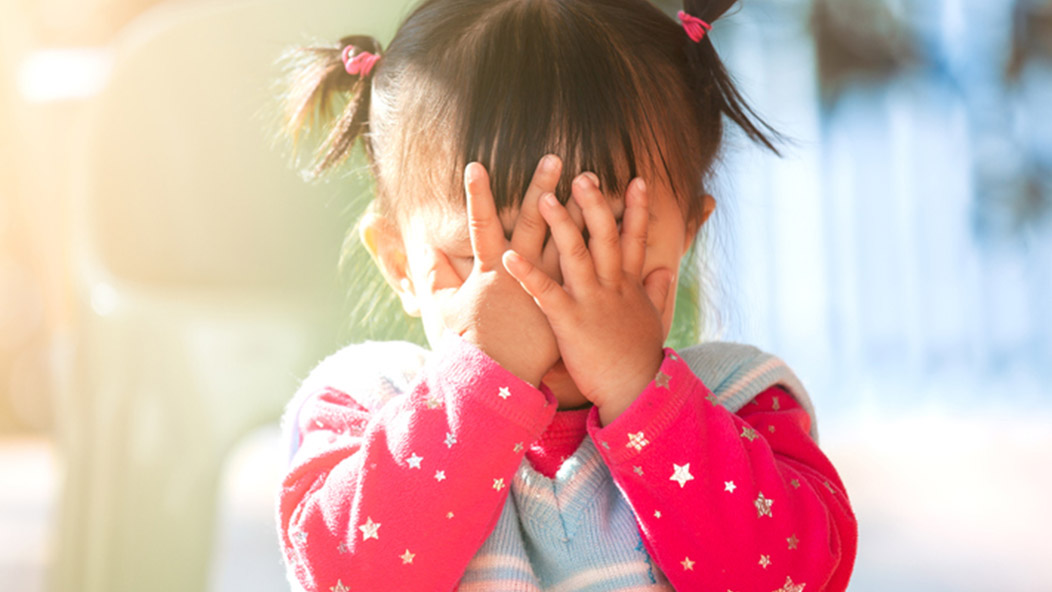Join Our eNewsletter!
Subscribe to our monthly newsletter to receive encouraging advice to help you lead a healthy lifestyle.

Pediatric Eye Injuries
The overall incidence of eye trauma from sports in patients under the age of 25 is 40,000 per year, with 90% of these injuries preventable with proper eye protection. The good news is that these types of blunt injuries generally don’t cause too much damage to the eyeball itself. If the eyeball hasn’t been punctured, there’s usually a lot of swelling and bruising around the eye, and the possibility of a fracture in the bones surrounding the eye. However, it’s a very different situation when the eye is hit with a smaller ball, such as a golf ball or racquetball, or with a sharp object, such as a BB pellet. In those situations, the eyeball can be perforated, leading to serious eye problems, such as hemorrhage, retinal detachment, or even blindness.
One potentially serious problem that can result from an eye injury is a condition known as “iritis” – generally characterized by red, dilated vessels that continue to get redder and redder and are very sensitive to light. It’s not just one spot on the eye; it’s the entire eye. While the eye will generally heal itself within two weeks, this condition can result in a loss of vision if left untreated. A combination of medical supervision and topical steroids will generally correct the problem.
The least damaging eye injury is usually the most painful – a scratch or mild cut to the eyeball (cornea). These superficial injuries can be treated by antibiotic drops and will generally heal with no aftereffects.
If your child has sustained an eye injury, take these steps:
Examine their eye. If you don’t have a little pin light, use natural light or a flashlight to look at the surface of the eye. It should have a smooth, lustrous appearance. Make sure there are no puncture wounds or cuts and that nothing is embedded in the eye. If a blow to the eye or a cut to the eyelid occurred, be sure to check for injuries to the eyeball itself.
Check their vision. You don’t need an eye chart. If the child is old enough to read, ask them to read from a book while they cover one eye, then the other. Check their distance vision, too. If they’re younger, have them identify a picture of a favorite animal. If your child’s vision is blurred or lost, or your child reports double vision, call your doctor immediately.
Approach with suspicion. As much as we wish our kids would always tell the truth, sometimes they don’t, especially when it comes to injuries caused by an activity they weren’t supposed to be doing. Kids can usually tolerate pain more than they can punishment, so they may be less than truthful about how the injury happened. Let them know their health is more important than anything, so they can tell you the truth about what happened, even if they were playing with fireworks or were in a fight with a sibling. Also, once they start medication – whether it’s eye drops or oral medication – they might tell you they’re fine because they no longer want to use it. Make sure to follow the recommended treatment from your doctor.
Call your doctor. If pain, redness, or light sensitivity persist for more than 48 hours, make an appointment with an eye care professional. While most pediatric eye injuries are minor, parents should stay vigilant. If there are vision problems, if you can see an object embedded in your child’s eye, or if the eye has been burned or is bleeding, call your doctor immediately.








